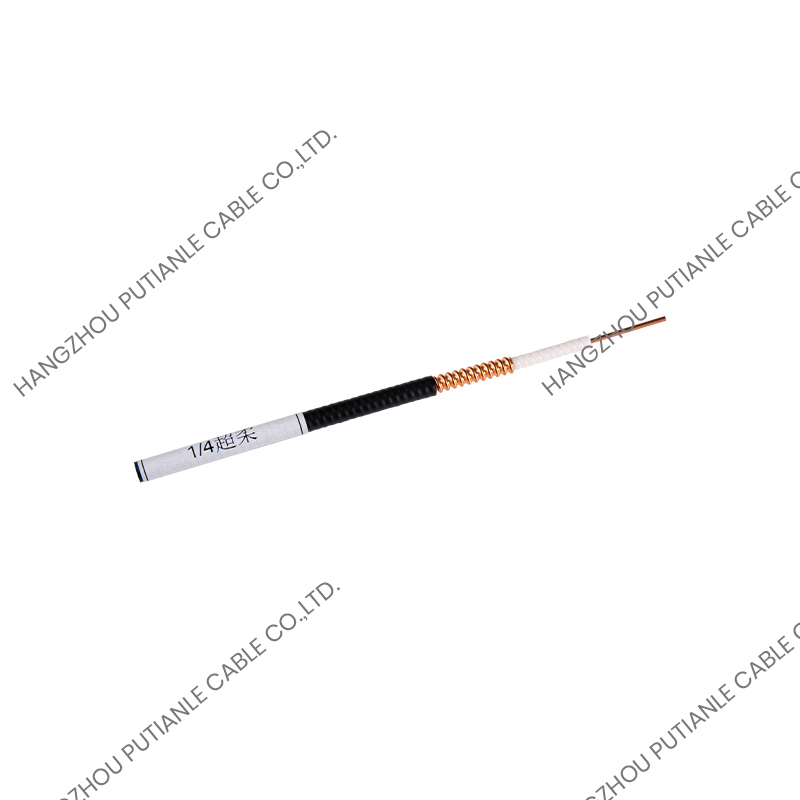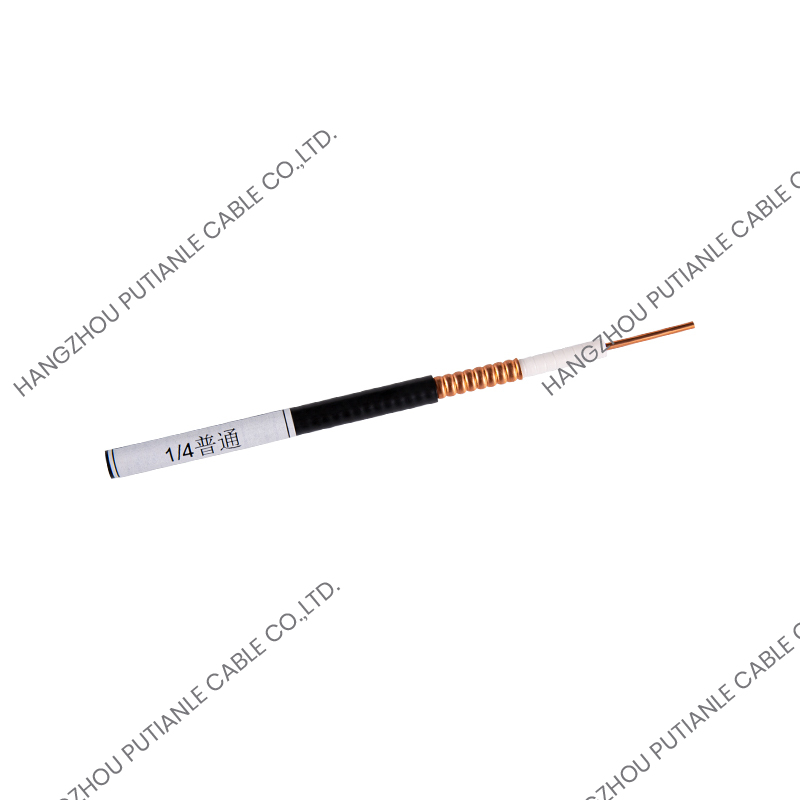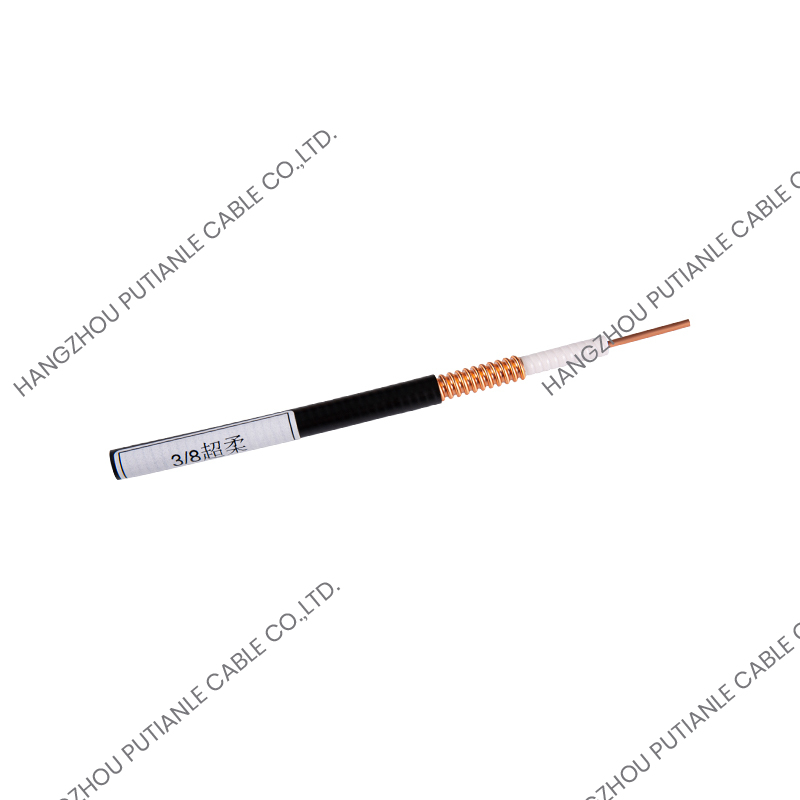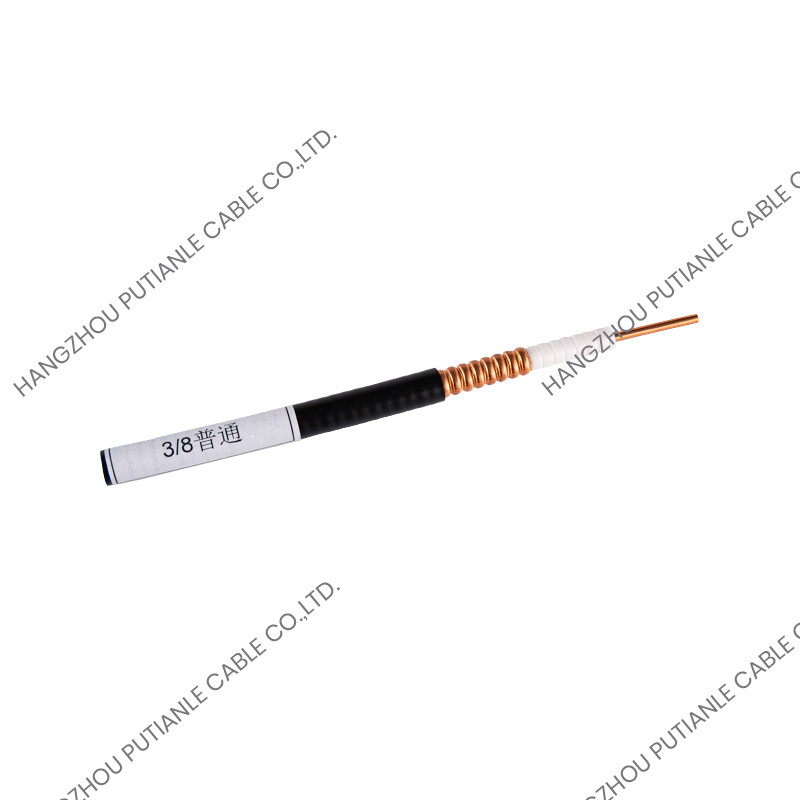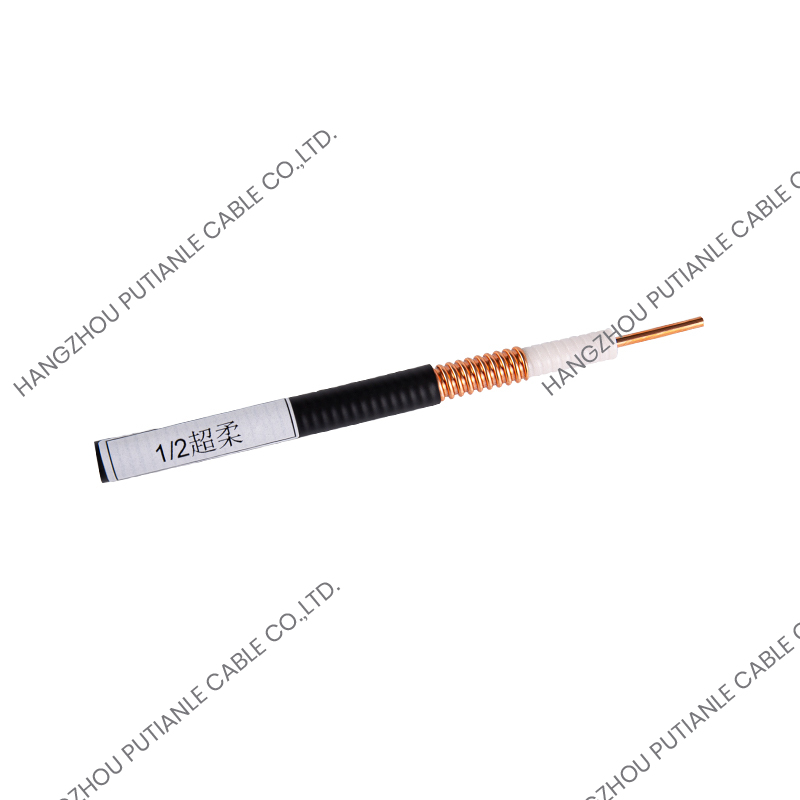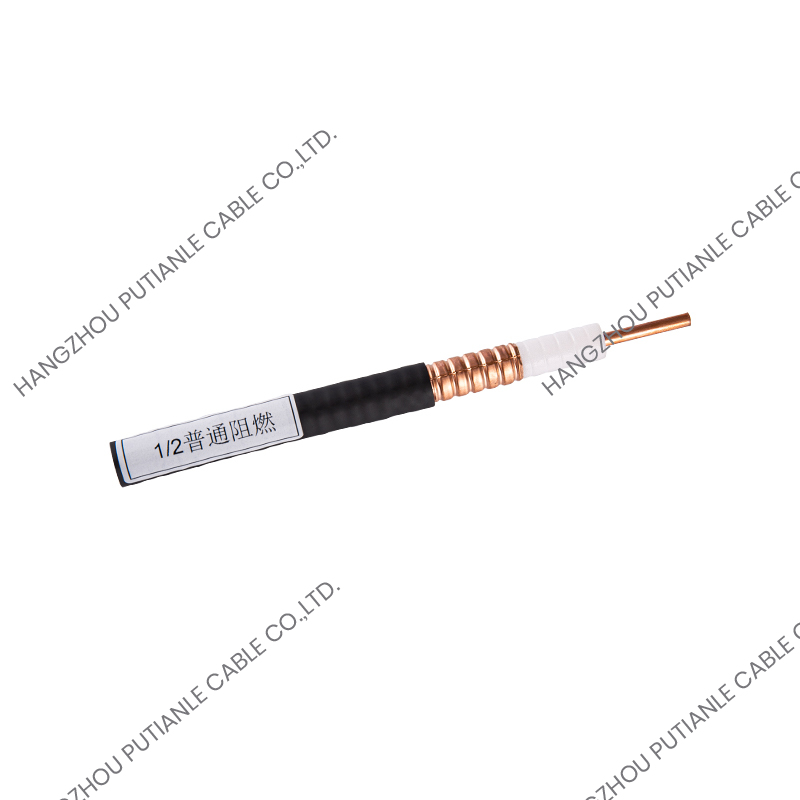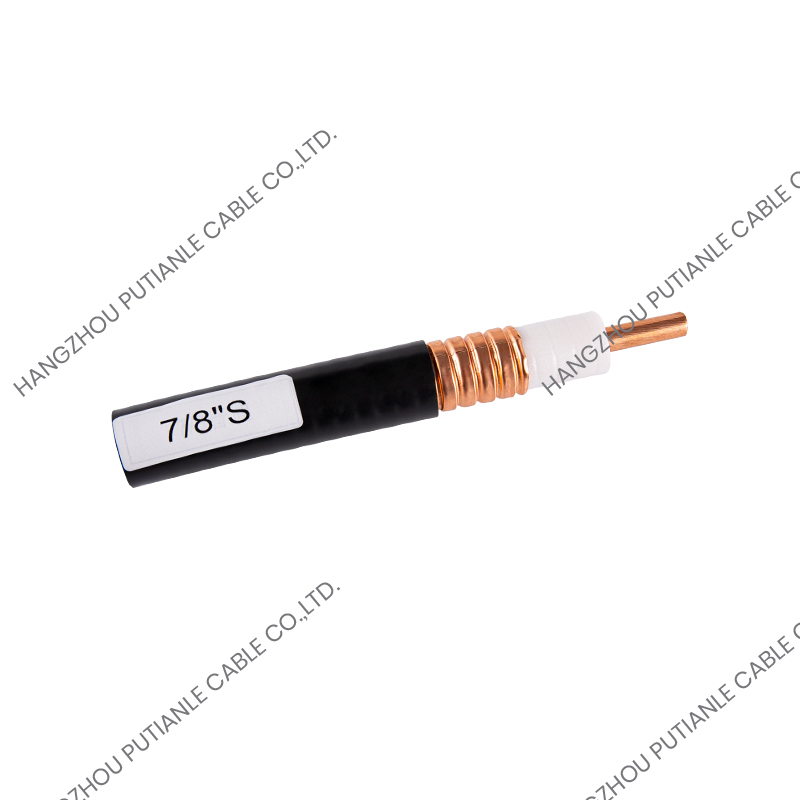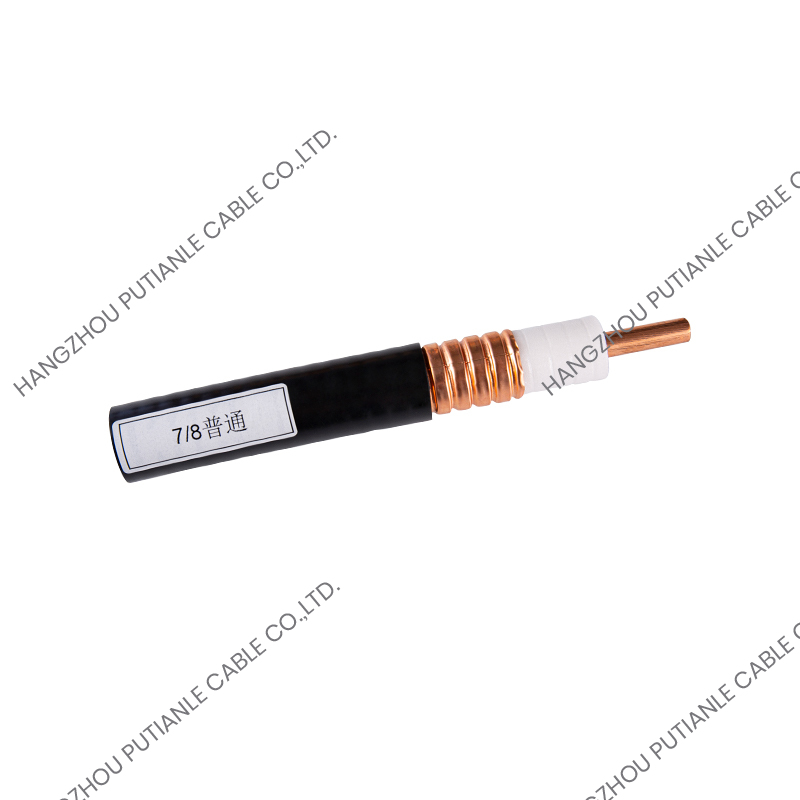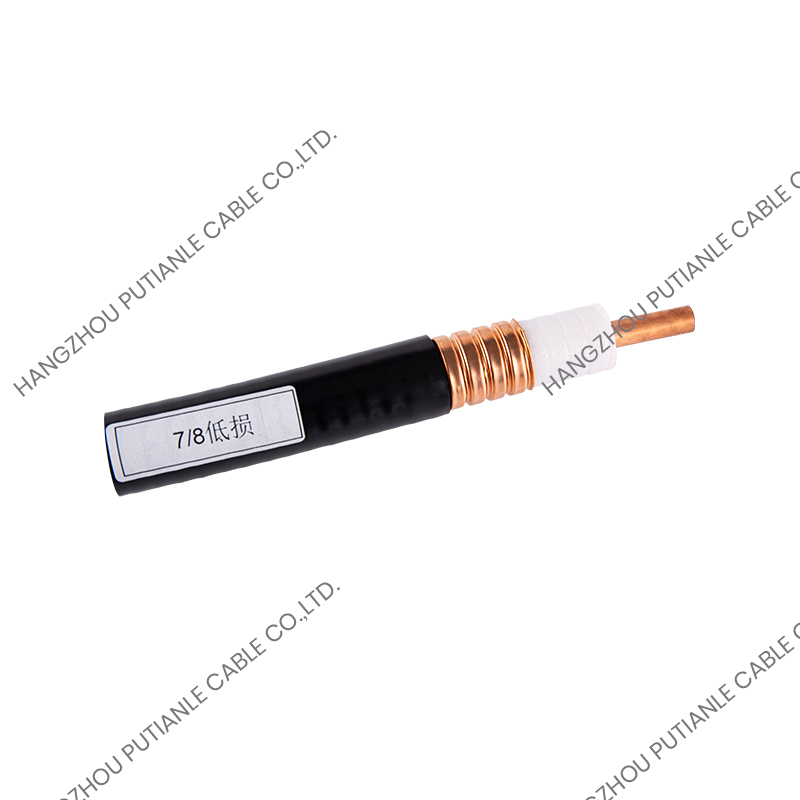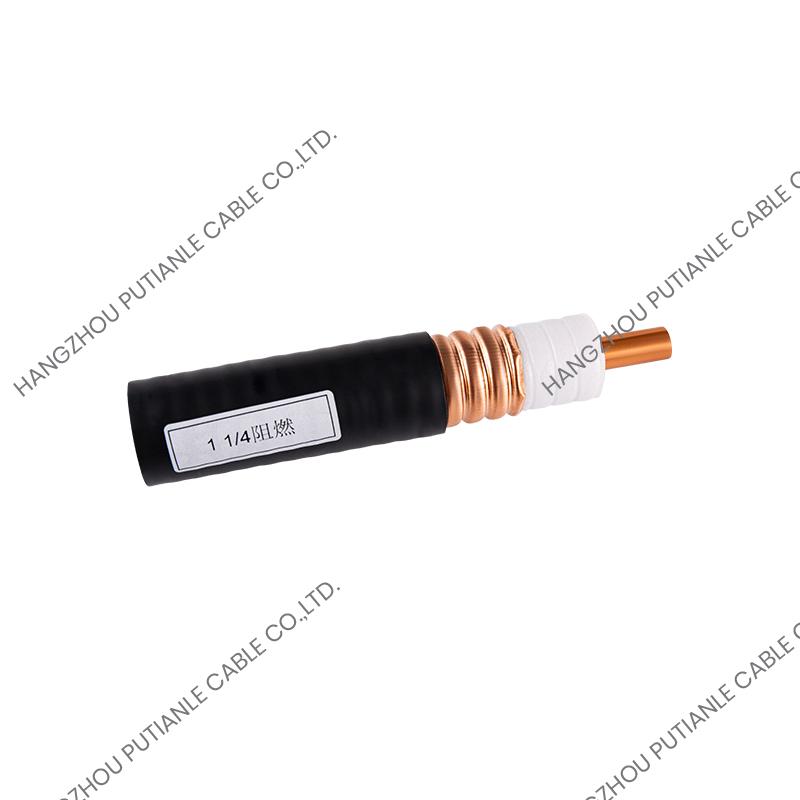In the age of high-speed internet, cloud computing, and digital communication, the demand for fast, reliable, and secure data transmission has never been greater. Among the technologies driving this transformation, fiber optical cables play a crucial role. But what exactly is a fiber optical cable, and why is it preferred over traditional copper cables? How do these cables enhance communication networks and what makes them indispensable in modern infrastructure? This article explores the structure, function, advantages, and applications of fiber optical cables.
What Is a Fiber Optical Cable?
A fiber optical cable is a type of cable that uses strands of glass or plastic fibers to transmit data in the form of light pulses. Each fiber can carry a large amount of data at high speed over long distances with minimal loss. Unlike copper cables, which rely on electrical signals, fiber optics leverage light signals, resulting in faster transmission speeds, lower latency, and reduced electromagnetic interference.
The basic structure of a fiber optical cable typically includes:
Core – The central glass or plastic fiber through which light signals travel.
Cladding – A layer surrounding the core that reflects light back into the core to minimize signal loss.
Buffer Coating – Protective layers that shield the fiber from physical damage and moisture.
Strength Members – Materials such as aramid yarn that provide tensile strength and durability.
Outer Jacket – The external protective layer that shields the cable from environmental factors like abrasion, UV radiation, and moisture.
How Do Fiber Optical Cables Work?
Fiber optical cables transmit data using light signals, often generated by lasers or light-emitting diodes (LEDs). The principle of total internal reflection ensures that light signals travel along the fiber core with minimal loss, even when the cable bends slightly.
The process includes:
Signal Conversion – Electrical data is converted into light pulses.
Light Transmission – Pulses travel through the core, reflected by the cladding to maintain signal strength.
Reception and Conversion – At the receiving end, the light signals are converted back into electrical signals for processing.
This method allows for high-speed, high-capacity, and low-interference transmission, making fiber optical cables superior to conventional copper cabling in many applications.
What Are the Key Advantages of Fiber Optical Cables?
Fiber optical cables offer numerous benefits that have made them the standard for modern communication networks:
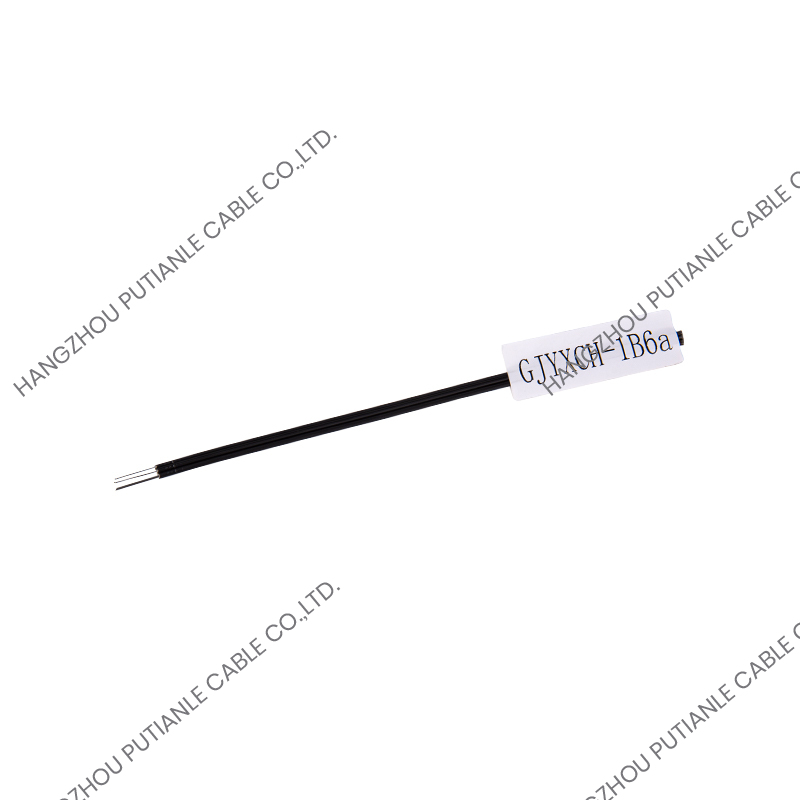
High Bandwidth and Speed
They can transmit data at gigabit and even terabit speeds, supporting internet, video, and voice communication simultaneously.
Long-Distance Transmission
With low signal loss, fiber cables can carry data over tens or even hundreds of kilometers without significant degradation.
Immunity to Electromagnetic Interference
Fiber optics are not affected by electrical noise or interference, providing stable and reliable data transfer.
Lightweight and Space-Saving
Thinner and lighter than copper cables, fiber optics reduce installation complexity and physical space requirements.
Enhanced Security
It is extremely difficult to tap fiber optical cables without detection, making them ideal for sensitive data transmission.
Durability and Longevity
Resistant to corrosion, temperature fluctuations, and environmental hazards, fiber cables have a long operational life.
What Are the Common Applications of Fiber Optical Cables?
Fiber optical cables are widely used across multiple industries due to their speed, reliability, and capacity:
Telecommunications
Backbone networks for phone, internet, and television services.
Data Centers and Cloud Computing
High-speed connections between servers, storage systems, and users.
Industrial and Enterprise Networks
Internal networks in factories, offices, and campuses.
Medical and Scientific Applications
Endoscopy, laser surgery, and high-precision instrumentation.
Military and Security Systems
Secure, high-speed communication networks resistant to interception.
Smart Cities and IoT
Support for sensor networks, traffic monitoring, and automated control systems.
How Do Fiber Optical Cables Compare to Copper Cables?
Compared to traditional copper cables, fiber optical cables offer several key advantages:
Higher Bandwidth: Fiber supports much faster data rates.
Longer Transmission Distances: Copper cables require signal boosters over long distances.
Reduced Interference: Fiber is immune to EMI and RFI.
Lighter and More Flexible: Easier installation and maintenance.
Higher Security: Harder to tap or intercept signals without detection.
While copper cables may still be suitable for short-distance or low-bandwidth applications, fiber optical cables are increasingly the preferred choice for modern communication networks.
What Should Be Considered When Using Fiber Optical Cables?
Cable Type
Single-mode for long distances, multimode for short-distance, high-capacity links.
Installation Requirements
Proper handling, bending radius, and termination are critical to prevent signal loss.
Connector and Splicing Quality
High-quality connectors and fusion splicing ensure minimal attenuation.
Environmental Conditions
Outdoor cables should be resistant to UV, moisture, and mechanical stress.
Maintenance and Testing
Regular inspection and testing maintain optimal performance and detect faults early.
Final Thoughts: Are Fiber Optical Cables Worth the Investment?
The answer is a clear yes. Fiber optical cables provide high-speed, reliable, secure, and long-distance data transmission, making them essential for modern telecommunications, enterprise networks, and data-intensive applications. As global demand for high-speed internet, cloud services, and smart technologies grows, fiber optical cables remain a critical component in building efficient, future-ready communication infrastructures.


 中文简体
中文简体 English
English Español
Español
